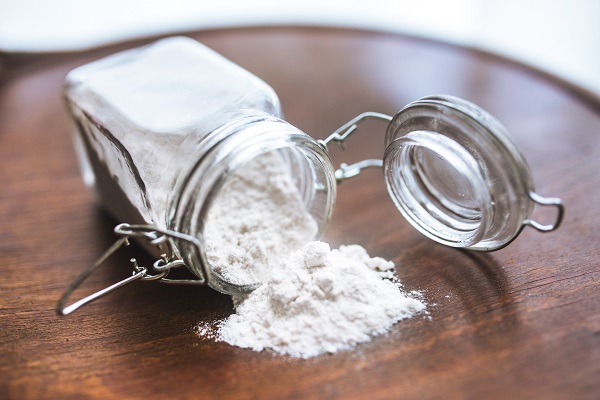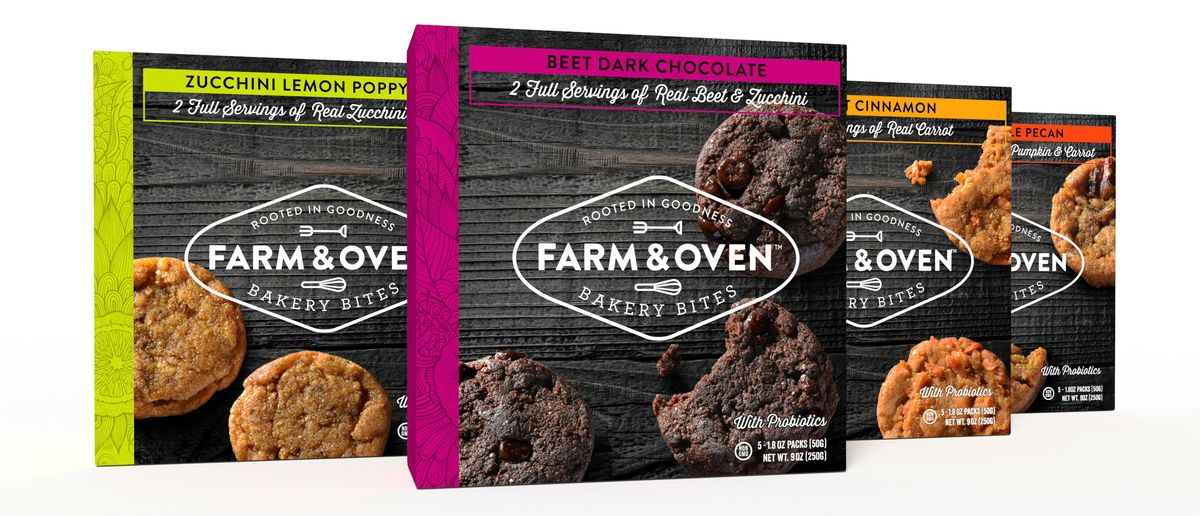Food manufacturers have found ways to produce wheat bread products that are significantly higher in fiber than conventional wheat breads so that they can declare their products as “high in fiber” on their packaging.
Davis, California-based agricultural products manufacturer, Arcadia Biosciences, Inc., has developed new wheat varieties that contain up to 65 percent higher (95 percent in total) amylose levels than traditional wheat products. Amylose is a carbohydrate molecule that directly corresponds to the fiber content of a bread product because it is not easily digested. High levels of amylose result in products that have high amounts of resistant starch, a non-digestible prebiotic otherwise known as a baked fermentable insoluble fiber, which is known to promote gut health. These new high-fiber wheat products can help bread manufacturers market their baked products as good additions to a healthy diet.
“Arcadia’s new wheat varieties will allow people to enjoy the foods they love with the health benefits of resistant starch and dietary fiber while satisfying consumer demand for clean label, natural foods,” Raj Ketkar, President and Chief Executive Officer of Arcadia Biosciences, told Baking Business.
However, Arcadia Biosciences is not the only wheat manufacturer to innovate in this category. Last year, scientists from the Commonwealth Scientific and Industrial Research Organization (CSIRO) in Australia and France-based organization Limagrain Céréales Ingrédients, partnered to develop another high-amylose wheat variety. The researchers claim that their new wheat product contains ten times the amount of resistant starch found in conventional wheat. The amylose content of this product is at 85 percent compared to the 20 or 30 percent found in regular wheat.
Grain-based food manufacturer Bay State Milling has already partnered with Minnesota and Washington farmers to grow 1000 acres of this new wheat variety. The Quincy, Massachusetts – based company plans to market their high-fiber wheat flour in the US under their new brand HealthSense.
“We are very excited to launch HealthSense in the U.S. and change the way Americans think about wheat,” Peter Levangie, chief executive officer of Bay State Milling, told Baking Business. “HealthSense will deliver flour functionality to our customers and fiber benefits to consumers, enabling better human health through the foods they love to eat.”
In response to this new demand, CSIRO opened a US location in San Mateo last September.
“Wheat is the most popular source of fiber and eaten by 30% of the world’s population, whether it’s in bread, pizzas, pastas or tortillas,” said Ahmed Regina, Ph.D., a principal research scientist at CSIRO. “Having a wheat with high levels of resistant starch enables people to get this important fiber without changing the type of grain they eat or the amount of grain-based foods they need for recommended dietary levels.”
According to market research organization, Grand View Research, the global market value for dietary fibers was valued at USD $3.31 billion in 2015. Insoluble fibers dominated this segment that year and is expected to continue to do so with a compound annual growth rate of over 14 percent between 2016 to 2025.
In addition, recent research has found that high-fiber diets have the ability to lower the blood glucose levels of individuals with type 2 diabetes. The study, conducted by Rutgers University in New Brunswick, also found that the high-fiber diets given to participants promoted the development of specific bacterial strains that increased the production of short-chain fatty acids (SCFA) in the body. Short-chain fatty acids are known to induce better glycemic control in the body through the production of two peptide hormones: the fasting PYY peptide and glucagon-like peptide-1 (GLP-1).
As consumers continue to become more interested in the health properties of food products, food companies can position themselves as health food providers by using ingredients that increase the nutritional value of their products. With consumers actively looking for high fiber bread products, this new wheat formulation has a lot of potential in the baked goods industry.










Join or login to leave a comment
JOIN LOGIN